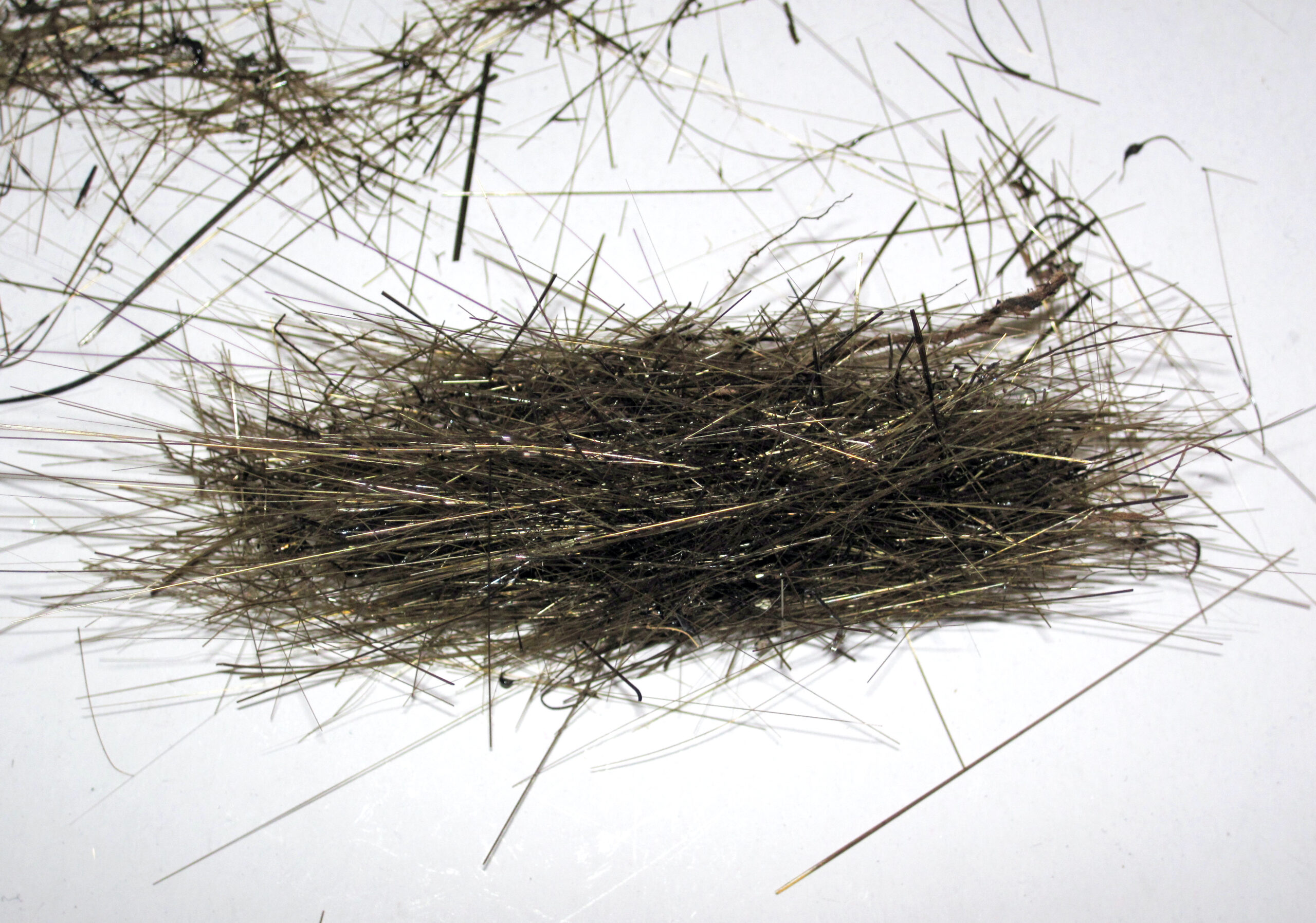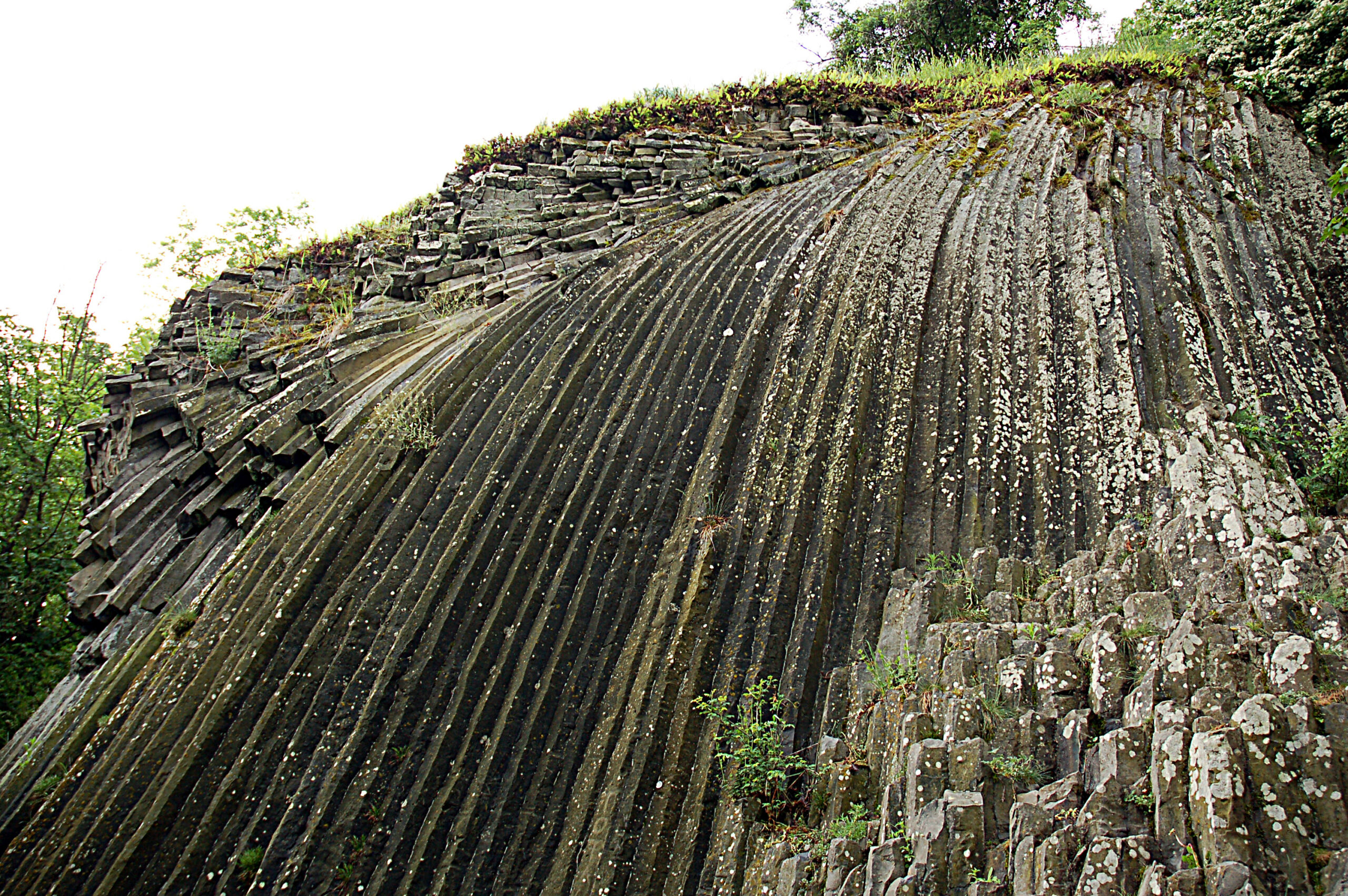When it comes to high-performance composites, carbon fiber has long been the undisputed star. Its exceptional strength-to-weight ratio, stiffness, and versatility have made it the material of choice for everything from aerospace structures to hypercar body panels.

Processed basalt fibers in loose filament form, ready to be incorporated into composite materials
But it’s not the only fiber with the potential to transform materials engineering. Basalt fiber, produced by melting volcanic rock and extruding it into continuous filaments, has long been seen as a promising alternative — at least in theory.
The Promise of Basalt Fiber in Composites
On paper, basalt fiber composites can deliver many of the same advantages as carbon fiber composites:
- High tensile strength and good stiffness.
- Excellent chemical resistance, particularly to alkalis.
- Thermal stability and non-conductivity.
- A less energy-intensive production process compared to carbon fiber.
Basalt fiber also has some appealing environmental credentials, being derived directly from abundant natural rock. In theory, these benefits could make basalt a strong contender for applications in automotive, marine, or sports equipment — especially in contexts where the extreme stiffness of carbon fiber is not strictly necessary.
Why Basalt Fiber Never Went Mainstream in Composites Manufacturing
Despite its potential, basalt fiber has not achieved widespread adoption in high-performance composite manufacturing. Some of the challenges that have limited its popularity include:
- Lower stiffness than carbon fiber, making it less suited for applications where rigidity is critical.
- Heavier density compared to carbon fiber, affecting weight-sensitive designs.
- Limited availability of specialized processing know-how and supply chains compared to the mature carbon fiber industry.
As a result, while basalt fiber composites exist, they have remained a niche option rather than a mainstream engineering solution.
Finding the Right Niche: Concrete Reinforcement
Interestingly, basalt fiber has found a highly effective niche — not in aerospace or automotive, but in concrete reinforcement. In this application, its properties align almost perfectly with performance requirements.
- High tensile strength and crack-bridging capability help improve the ductility of concrete.
- Superior resistance to alkalis means basalt fiber does not degrade in concrete’s naturally alkaline environment, unlike glass fiber.
- Non-corrosive nature eliminates the rusting issues associated with steel reinforcement.
In reinforced concrete, basalt fibers can significantly improve flexural and tensile strength, reduce crack formation, and enhance durability — all without introducing corrosion risk. The result is a material that offers better long-term performance for infrastructure, marine structures, and other demanding civil engineering projects.

Natural basalt rock formation with its characteristic vertical columnar structures
From Unrealized Potential to Real-World Impact
Basalt fiber’s journey illustrates a truth often seen in materials science: the “best” material on paper isn’t always the one that dominates the market. Despite its early promise as a carbon fiber competitor, basalt has instead found a home in an entirely different industry, where its unique properties solve real, high-value problems.
And while basalt fiber composites have not yet rivaled carbon fiber in aerospace or supercars, research projects are ongoing, and at any moment something could be discovered that completely changes the situation. Meanwhile, basalt fiber has proven that, in the right context, it can be the perfect material for the job.

